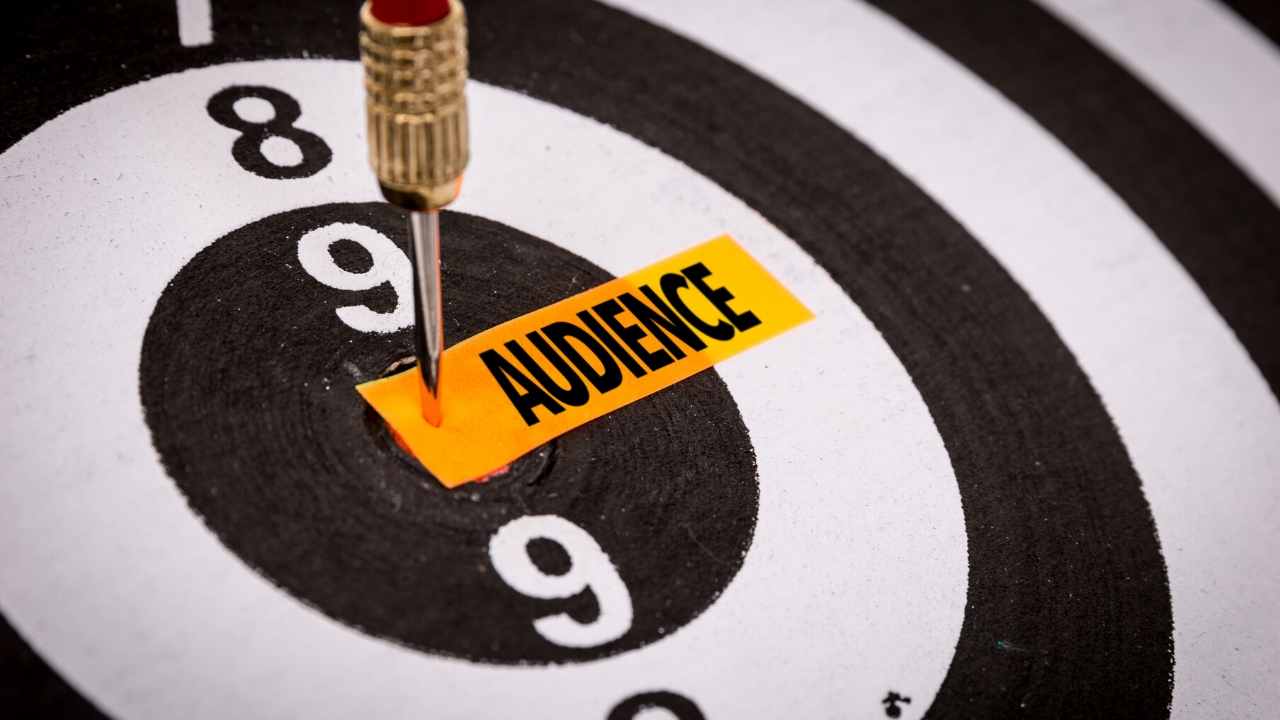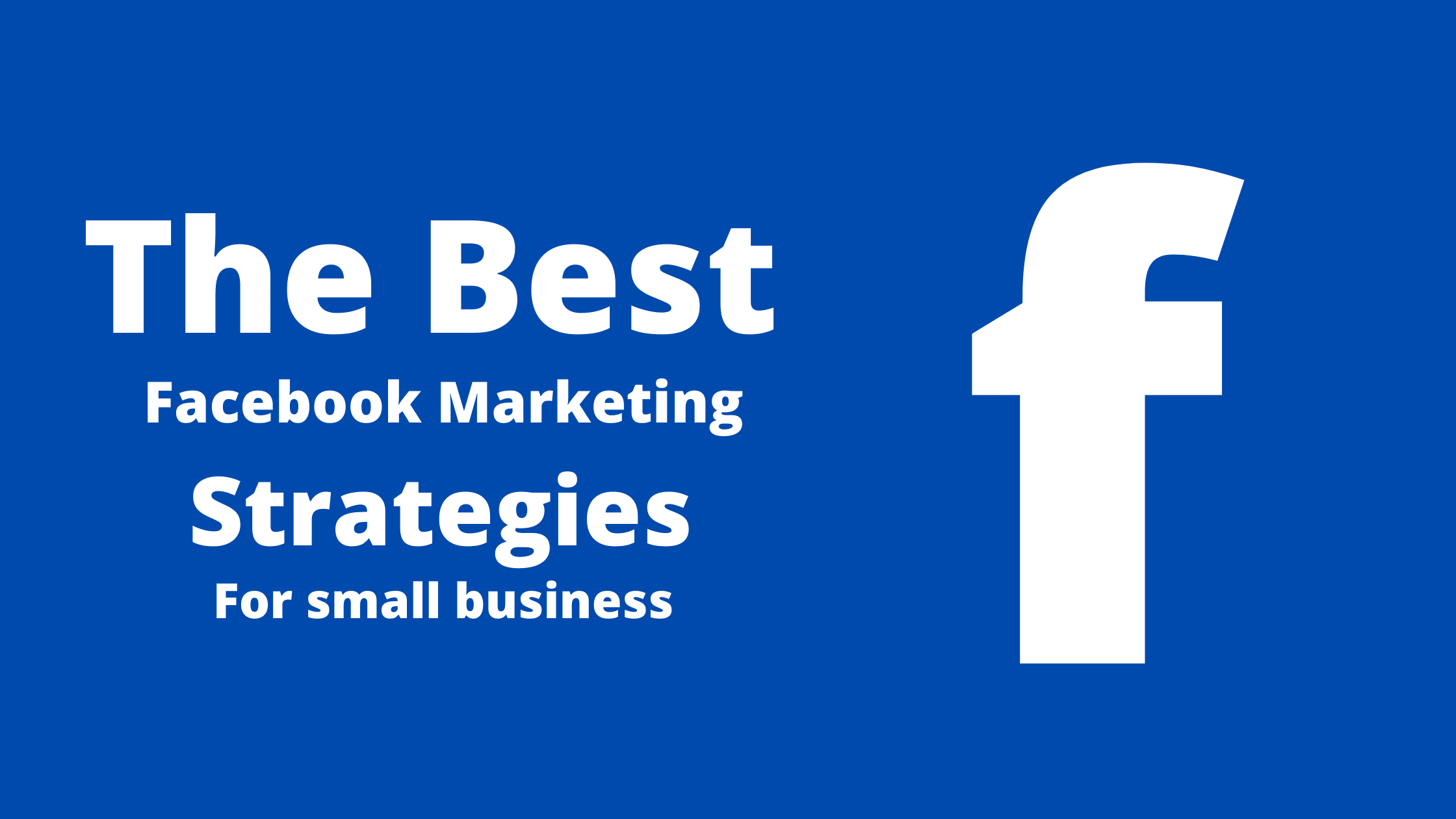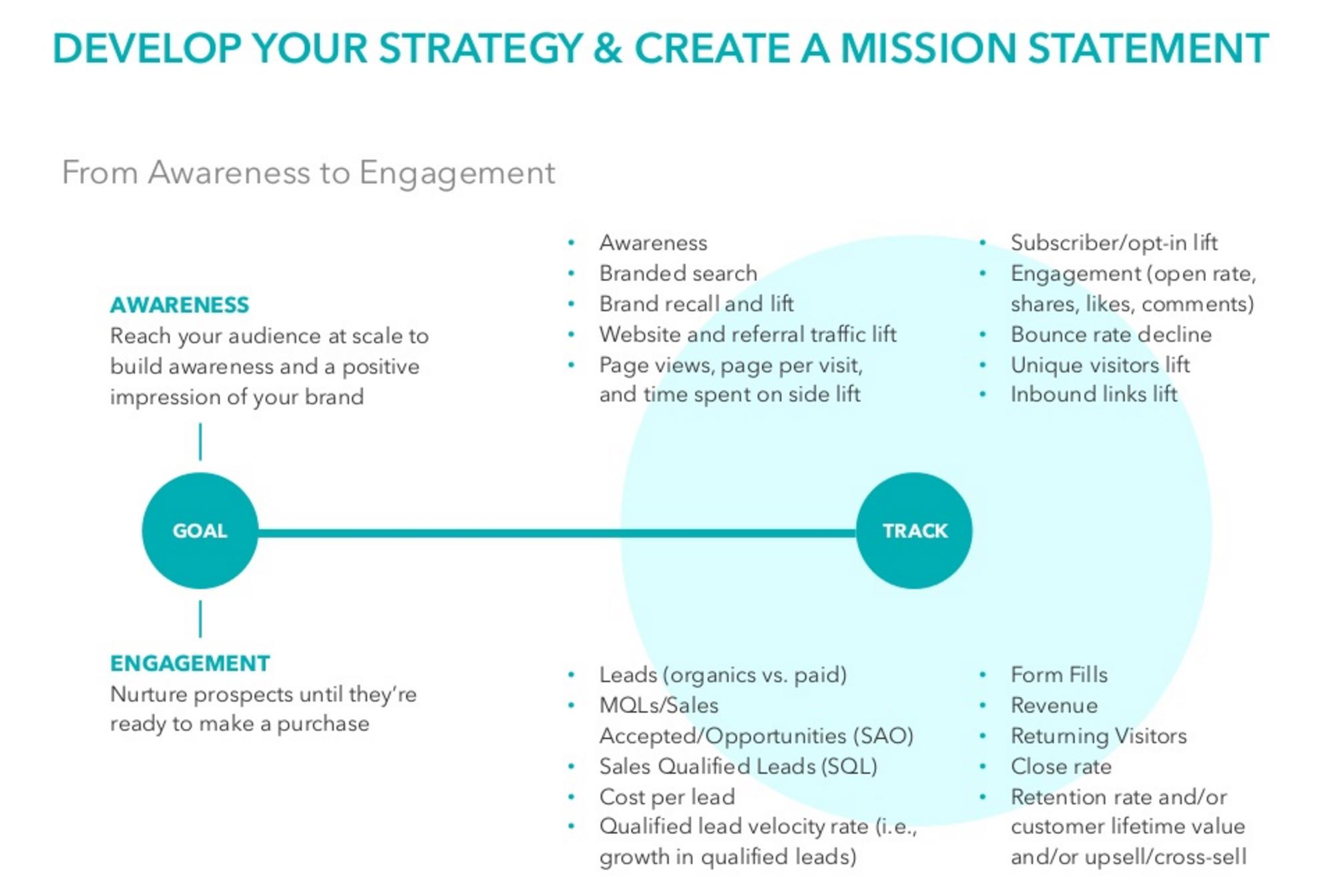
You need to be familiar with the workings of the pixel if you want to make Facebook ads that work. This is done by installing the pixel code. The pixel is made up of two pieces of code: the event code and the base code. The base code tracks traffic to your website, and the event codes track specific actions. In this article, we'll cover the basics and get you started with your Facebook ads.
Image ads
There are many ways you can increase your Facebook image ads' success. Use the 20% rule. This rule states that text shouldn't take up more than 20%. If your ad contains more than 20% text, it will be rejected or limited in its reach. If your ad does not have sufficient relevance, it can cause problems. Here are a few tips to help you increase the effectiveness of your Facebook image ads.
Include a relevant logo and text. Highlight the advantages of your product or services to make it stand out. Use a video to promote your company. While videos are expensive to produce, they can be effective if you've already created an engaging image ad. You can also use stock images and music to make a slideshow video.
Audience network
You can now monetize your Facebook ads by using Audience Network. You can place an ad on Facebook if you own an app or website. You can place in-stream video ads, which are very popular among marketers. Interstitial ads can be placed in game apps. To monetize your Facebook ads, sign up for an Audience Network accounts. This will let you customize the ads that you wish to run on Facebook.
Publishers can now monetize Facebook's Ad Program through this network as it grows. The Audience Network of Facebook accounts for 6% mobile app usage. Twitter and Snapchat each account for 3%. Facebook's ad network is growing rapidly, but the company has also made some difficult changes. The company reduced the number of ads that can be clicked earlier in the year. After Facebook analysed heat maps, it determined that accidental clicks were destroying its advertising revenues. The publisher community revolted, but Facebook eventually persuaded them to offer meaningful content in return for a better click-through rate.
Audiences feature

The Audiences feature of Facebook ads enables you to target your audience. Facebook has a large database of users that can help you target the right people to your ad. There are three types: core audiences (custom audiences), lookalike audiences (custom audiences), and custom audiences. Custom audiences are a great way to retarget website visitors or existing customers. Facebook matches your contact information with relevant users, allowing you to target audiences for your ads.
While creating custom audiences, it's important to remember that you must have specific information about the audience you're targeting. This is the best way to make lists using specific information about pages and products, then target your ads accordingly. To create custom audiences you can use audience data from your website or apps. However, it is important to remember that the more specific and detailed you are with your audience, you will get better results. Take your time to create a list of people you are interested in.
Automated rules
Automated rules are a useful feature that can help you optimize your Facebook Ad Campaign. Multiple conditions can be applied to one ad campaign, and combined into advanced automation. For example, you can turn off ads that are running more than three days prior to your target date, or that have higher CPAs than you expect. The same principle should apply for time intervals of three to seven day.

Ad sets can be set to a variety conditions. These include the duration, day and time of the attribution window. You can also specify whether you want to be notified of the rules' results. You can choose to either receive notifications via Facebook or email. You can also add people to your notifications list, such as colleagues. You can also set up multiple rules simultaneously and select which ones you want to apply to certain audiences.
FAQ
What role does a content strategist play?
Content strategists can help understand what people search on the Internet. They help your site rank high in search engines by optimizing it for search engines. They also create content that can be shared on social media sites such as Facebook and Twitter. They also create copy for blogs, advertisements, and websites.
A content strategist collaborates with a marketing team to help organize a plan for the company’s online presence. While content strategists can work alone, they will often collaborate with other members of the team to ensure each piece of content is useful.
How do you create effective content?
Writing about what interests you is the best way to create quality content. Writing is a passion. You need to discover what drives you and how that knowledge can be applied to helping others. Writing for yourself is one thing, but when you start writing for other people, you'll notice how much easier it becomes to produce quality content.
What are the benefits of content marketing?
High-quality content is key to content marketing, which helps you drive sales and leads. Content marketing also provides a steady stream of fresh, original content that can be used to promote products and services. Content marketing is a great way to increase brand awareness and trust among potential customers. The best part about content marketing is that it creates a positive image and reputation for your company.
How much does content marketing cost?
Prices for content marketing vary depending on whether the solution is outsourced or managed by you. Outsourcing content management services is typically cheaper than hiring full-time workers, which allows you scale quickly when your needs change.
HubSpot research found that outsourcing content production is more expensive for B2B companies than it is for consumers.
However, there are plenty of web resources that provide free content marketing tools that you can use to create engaging content that converts.
You have many options to optimize content for search engines such as Google and Bing. You can create original content, guest post on blogs or curate content from other sites.
If you choose to produce your own content, then you must learn how to make great content. Producing content will become relatively simple once you've mastered it.
To start, create simple landing pages in WordPress. Next, build your site. You can then build your portfolio over time.
Statistics
- We found that 40% of businesses don't have a documented strategy yet. (semrush.com)
- Out of the 1,500 marketers we surveyed for our State of Content Marketing report, 78% who felt their content marketing strategy was exceptionally effective in 2021 had documented their strategy. (semrush.com)
- This marketing strategy landed Ford a 15.4% conversion rate. (neilpatel.com)
- An example of an overarching goal could be: "In 2022, we want to achieve a 20% increase in revenue created by organic content and generate 15,000 MQLs with a budget of $30,000." (semrush.com)
- According to research compiled by Coschedule: Companies that publish 16+ blog posts a month get as much as 3.5x as much traffic as those that publish 0-4 posts a month. (criteo.com)
- Companies that use content marketing see approximately 30% higher growth rates than businesses not using it. (mailchimp.com)
- Content marketing produces 3X more leads per dollar spent. Content marketing costs 62% less than traditional marketing. (criteo.com)
- According to the Content Marketing Institute, 70% of B2B marketers and 86% of B2C marketers surveyed use content marketing in some form or other. (criteo.com)
External Links
How To
What is Content Marketing?
A content marketing strategy (CMP) helps you set your goals and objectives. It also gives you strategies to develop and execute your online presence. It serves as a guide for content creation and distribution.
The CMP can be broken down into three areas:
-
Your overall strategy. How do you plan to achieve your goals?
-
Your content strategy – Where can you find the right people who will write, curate and distribute your content content?
-
The strategies you'll use in order to implement your strategy. What channels will your content be shared on? And what types of content will you produce?
These four components are essential for a CMP to be effective.
-
Goal Setting – Define and measure your target audience.
-
Audience Research: Understand your ideal customers to know where you should look.
-
Strategy - Have a clear vision about where you want to go. Next, break it down into smaller parts.
-
Execution - Set realistic expectations around when you expect to see results from your efforts.